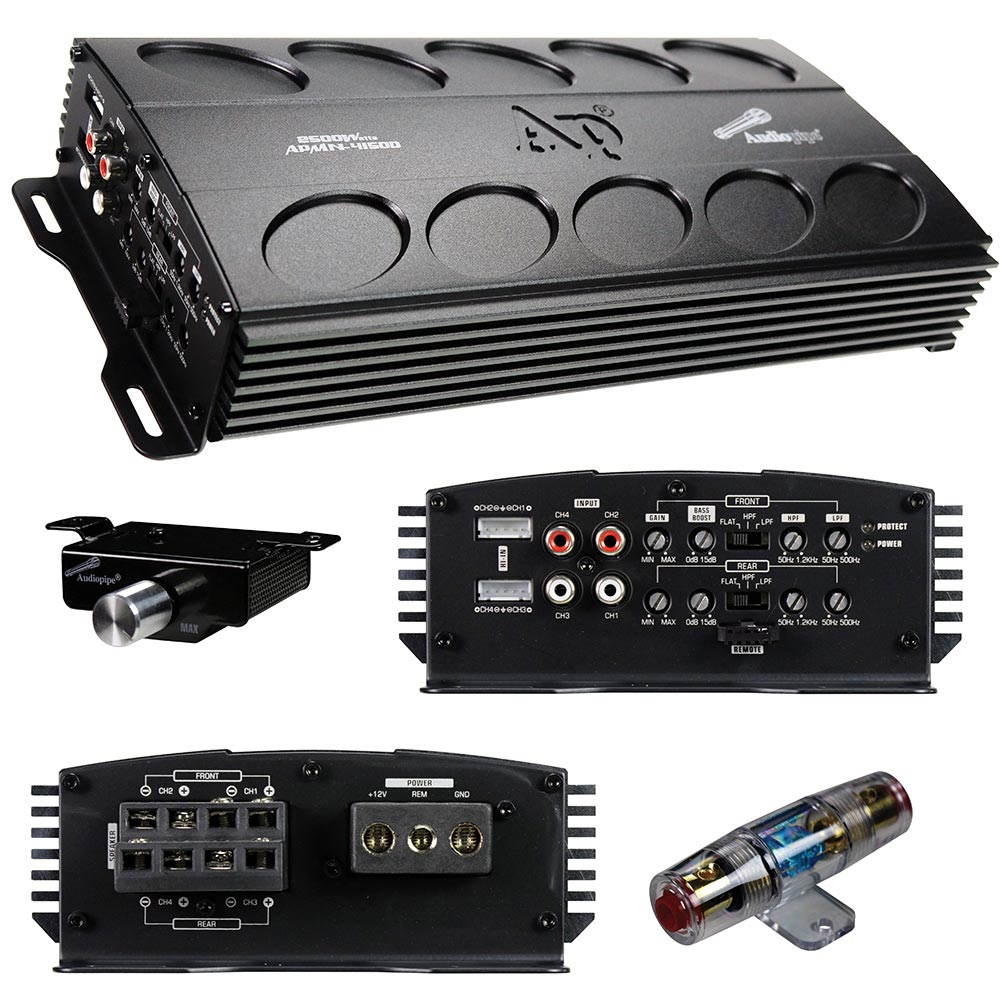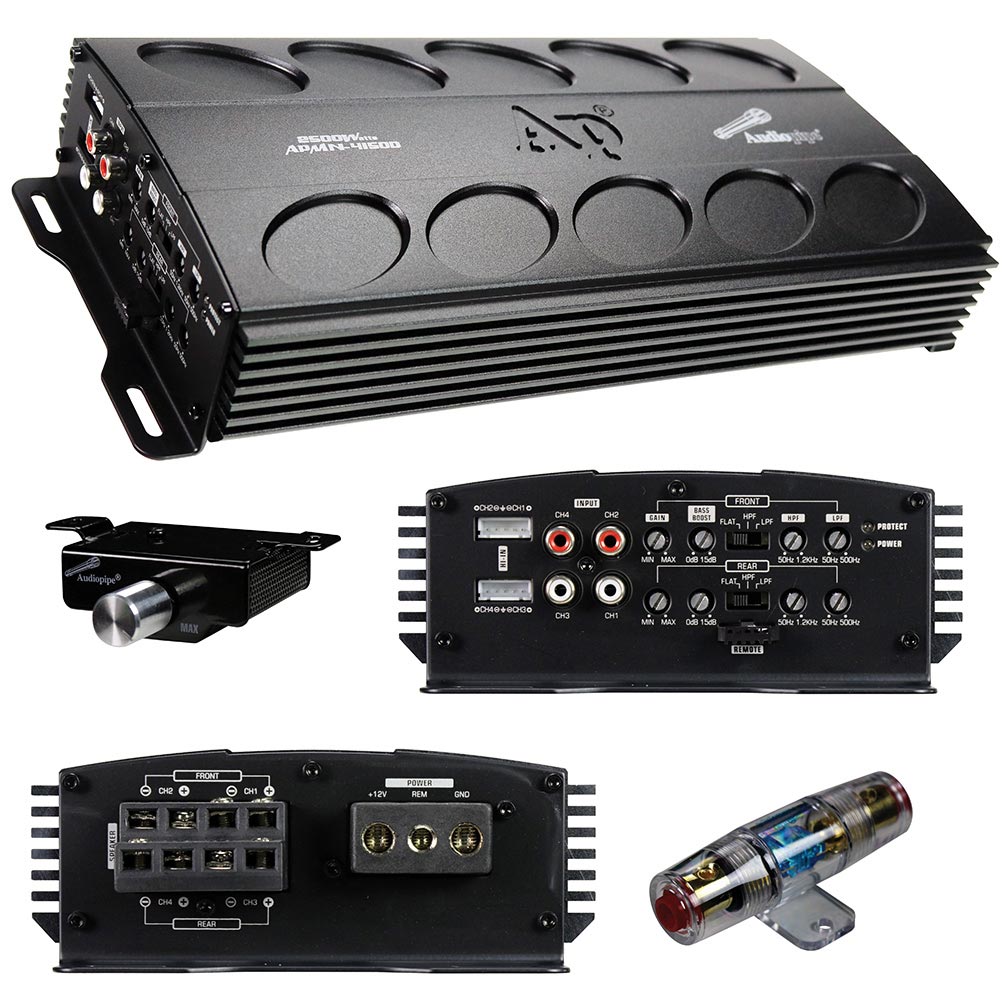Answer
Oct 31, 2024 - 06:35 AM
Certainly! A Class A amplifier operates by continuously conducting output transistors over the entire input cycle, resulting in high linearity and low distortion but lower efficiency due to constant power consumption. In contrast, a Class D amplifier uses pulse-width modulation to switch output transistors on and off rapidly, achieving higher efficiency with less heat generation, though it may introduce more distortion compared to Class A.





Add New Comment